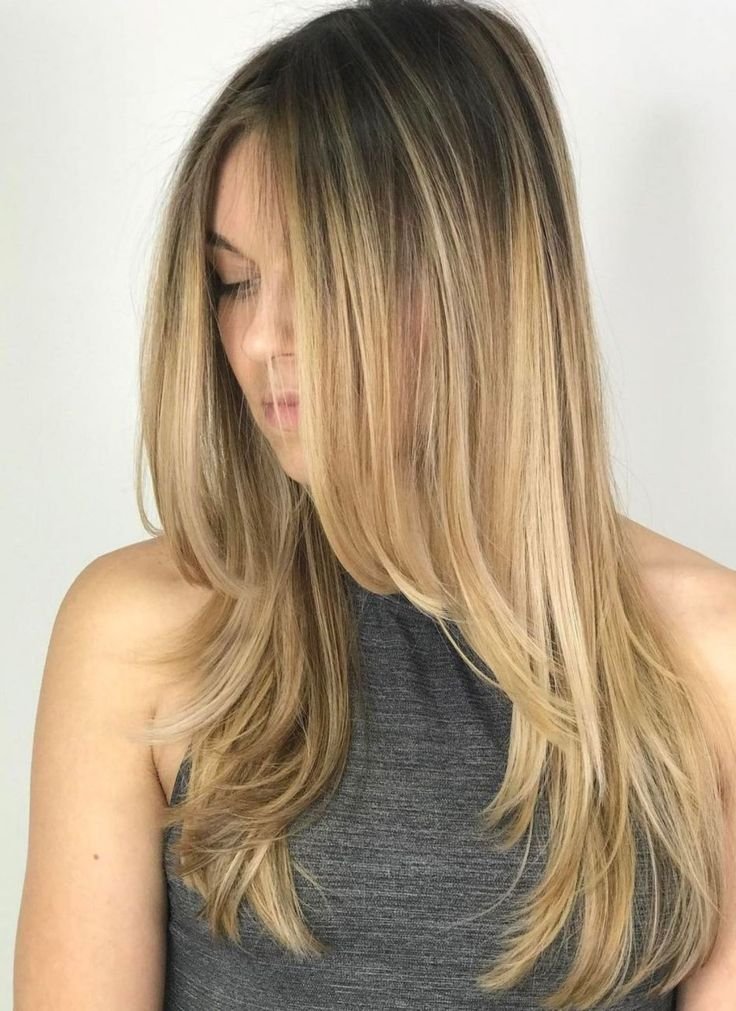5 Pro Haircutting Terms You Need to Know, Pt. 2
Point Cutting
We point cut to blend any harsh lines, to create texture and to add seamless layers. We can do this on short or long hair, and we can point cut deep V’s or little tiny V’s, depending on how much we need it.
The most common way is to lift the hair up and draw deep V’s into the hair so it falls into seamless layers.
Every hair cutter has a way of doing their point cutting to create their signature look, so talk to your stylist about what they like to do.
2. Layers
I just want to say that there is no such thing as “one layer” or two or three.
Layers are cut by lifting the hair up so it falls soft and feathery, creating movement and a femininity to the haircut.
You can choose where your layers start and whether you want them towards your face as well. The shape of the layers can be customized to fit your lifestyle (do you wear your hair up and want some wisps coming down?) and face shape.
I love doing layers on anyone who has long, thick hair to add movement and femininity.
3. Cuticle
I love talking about the hair cuticle with clients.
I want you to hold a hair strand with your fingers and move down. It feels smooth, right? Now move your fingers up. There’s a bit of roughness, isn’t there? Those are your tiny, tiny cuticles.
Cuticles are like shingles on a roof. They protect your hair.
They open when we lighten the hair, and they close when we tone the hair. They also open when we shampoo and close when we condition; this is why you should never skip conditioner! And they seal when we use serums, which is why I always recommend serums to clients.
When you think of your hair health in terms of cuticles, life just starts to make more sense!
4. Face-Framing Layers
Let’s clear up what face-framing layers are not.
Face-framing layers are not bangs. They are the layers that literally frame your face.
Depending on what’s most flattering for you, they can start at your eyebrow, cheekbone, jawline, or below the jaw.
How you like to wear your hair also dictates how we cut your layers. For a client who wants her layers to frame her face when her hair is up, I cut them differently than someone who wants to pull back all her hair because she’s a new mom.
5. Rough Drying vs. Blowdrying
Rough-drying is drying the hair with the blowdryer without a brush.
Blow-drying is when you use a round brush to smooth out and style your hair.
Air-drying is when you leave your hair to dry on its own without a hairdryer.
The reason I put this in here is because for many clients the word “blowdry” is the same as “rough dry”.
You might come out of the shower and blast your hair with the hairdryer using your fingers and out the door you go, whereas another client would use products and a round brush to create volume and smoothness.
Why is this important? Because how you use a hairdryer tells me how you style your hair and dictates how I will cut your hair.
So make sure you tell your stylist what you do at home so we can customize a look that’s just for you!





